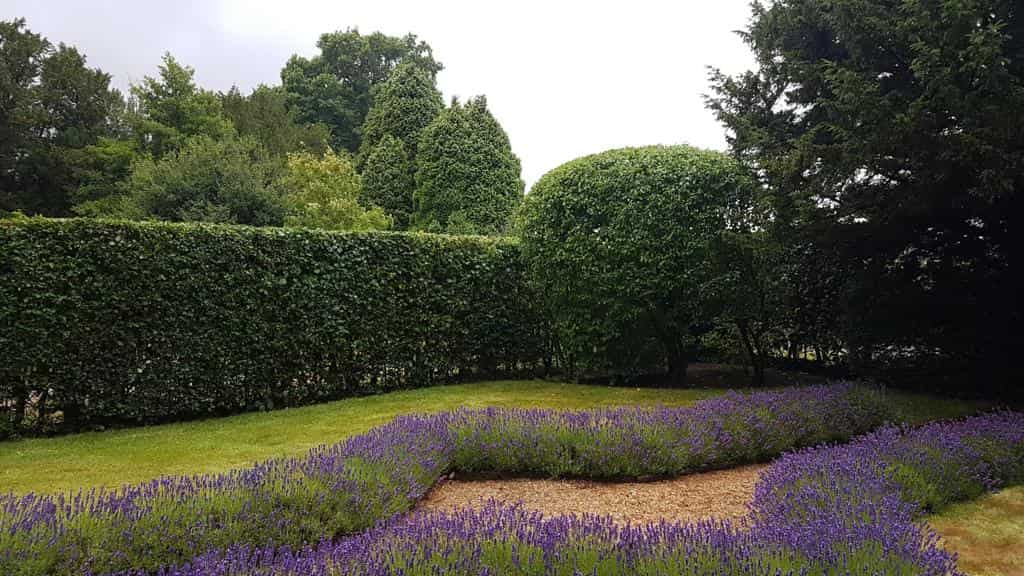Tree pruning is one of the most important aspects of tree maintenance — yet it’s also one of the most commonly delayed. Many property owners underestimate how vital regular pruning is for the long-term health, safety, and appearance of their trees. At Sawston Tree Surgeons, we’ve found that most calls for pruning in Sawston and across Cambridge come only after a problem has developed, such as falling branches, overgrown limbs, or disease. By understanding why people delay pruning — and the consequences of doing so — homeowners can take a more proactive approach to tree care.
Why Pruning Is Essential for Every Tree
Pruning is more than just cutting away unwanted branches; it’s a strategic process that encourages healthy growth, improves structure, and enhances safety. Trees need regular attention for several reasons:
- To maintain shape and structure – Pruning helps trees grow evenly and prevents lopsided or unstable growth.
- To remove dead or diseased wood – This reduces the risk of decay spreading through the tree.
- To improve sunlight and air circulation – Healthy airflow lowers the risk of fungal infections and promotes strong leaf growth.
- To prevent property damage – Overhanging branches can damage roofs, gutters, or power lines.
Despite these clear benefits, many property owners wait years before scheduling pruning — often to the detriment of their trees.
Common Reasons People Delay Pruning
1. “It Looks Fine for Now”
One of the biggest misconceptions is that trees don’t need pruning until they visibly appear unhealthy. However, early signs of stress or structural weakness are often hidden within the canopy or branches. Professional inspections can reveal issues long before they become visible.
2. “I Don’t Want to Harm the Tree”
Some homeowners worry that pruning might damage their trees. When done correctly, pruning actually strengthens the tree by encouraging balanced growth and removing weak or infected branches. The key lies in proper timing and professional technique — something the team at Sawston Tree Surgeons ensures for every job in Sawston and Cambridge.
3. “It’s Just Not a Priority”
Tree maintenance can easily fall to the bottom of a homeowner’s to-do list, especially when other areas of the garden demand attention. Unfortunately, delaying pruning often results in larger, costlier problems later, such as dead limbs or instability that requires more extensive work.
4. “The Tree Looks Healthy Enough”
A healthy appearance doesn’t always mean a tree is structurally sound. Branches can rot from the inside, roots can weaken, or pests can infiltrate without obvious signs. Regular pruning is preventive — addressing these hidden threats before they cause harm.
The Consequences of Waiting Too Long
Postponing pruning can have serious consequences for both your trees and your property.
1. Increased Risk of Falling Branches
Overgrown or weakened branches are more likely to snap during high winds or heavy rain. This not only endangers nearby structures but also poses a safety hazard to anyone in the area.
2. Structural Weakness
Without regular pruning, trees can develop poor growth patterns that make them more vulnerable to breakage. Competing limbs or uneven weight distribution may cause splits in the trunk or crown.
3. Spread of Disease and Decay
Dead or diseased branches left unpruned can spread decay throughout the tree, leading to long-term decline. Early pruning stops disease before it takes hold and protects surrounding vegetation from infection.
4. Reduced Aesthetic Appeal
Trees that are left to grow unchecked can quickly lose their shape, becoming overgrown or messy. Regular pruning helps maintain an attractive, balanced look that complements your landscape.
How Often Should You Prune Your Trees?
The ideal pruning schedule depends on the tree species, age, and environment. In general, most trees benefit from pruning every one to three years. Younger trees may need more frequent shaping to establish a strong framework, while mature trees require periodic maintenance to manage size and remove dead wood.
The best time for pruning is often during the dormant season (late winter to early spring), as this minimises stress and promotes vigorous growth in spring. However, damaged or hazardous branches should be addressed immediately — regardless of the season.
At Sawston Tree Surgeons, our experienced arborists assess each tree individually to determine the best pruning approach for long-term health and safety.
The Benefits of Regular, Professional Pruning
Scheduling regular pruning offers a wide range of benefits, including:
- Healthier, longer-living trees thanks to improved air circulation and disease prevention.
- Safer gardens and outdoor spaces, with fewer risks of falling branches.
- Improved sunlight exposure for lawns and surrounding plants.
- Enhanced property appearance and value, through well-maintained, attractive trees.
Professional pruning also ensures that cuts are made cleanly and strategically — encouraging healing and healthy regrowth while preventing unnecessary damage.
Why Professional Tree Surgery Matters
Pruning may seem simple, but it requires expertise to do it correctly. Over-pruning or incorrect cuts can cause more harm than good. Certified tree surgeons have the training and equipment to prune safely and efficiently, even in confined or difficult-to-reach spaces.
Sawston Tree Surgeons offers expert pruning services across Sawston and Cambridge, helping homeowners maintain strong, healthy trees that enhance their outdoor spaces year-round.
Conclusion
Most people wait too long to prune their trees, often realising the importance of it only after problems develop. Regular, professional pruning is not just about appearance — it’s essential for safety, health, and longevity.
By scheduling routine maintenance with Sawston Tree Surgeons, homeowners in Sawston and Cambridge can enjoy the peace of mind that comes with strong, well-cared-for trees. A proactive approach today ensures a healthier, safer, and more attractive landscape tomorrow.
Call us on: 01223 912 294
Click here to find out more about Sawston Tree Surgeons
Click here to complete our contact form and see how we can help with your tree care needs.

